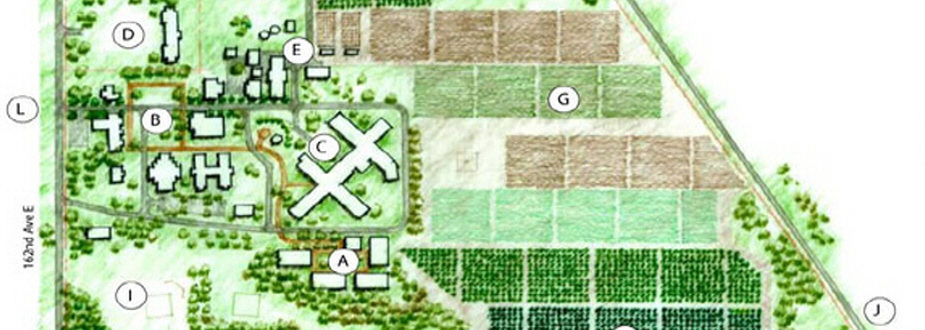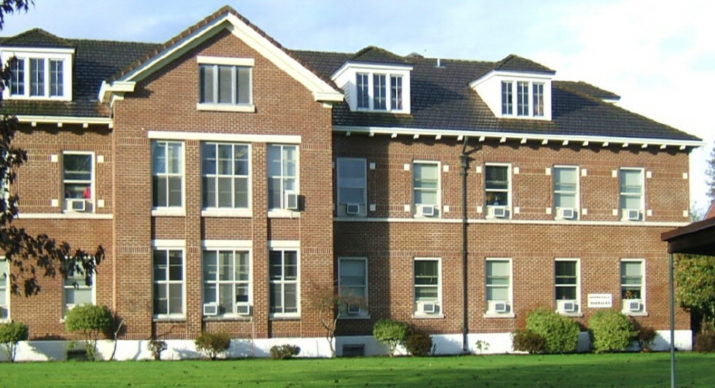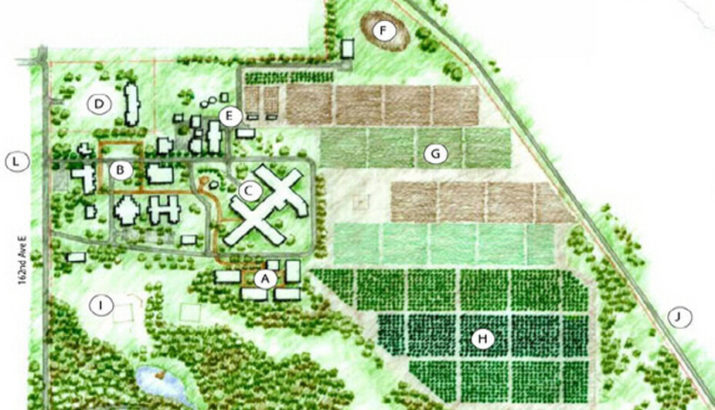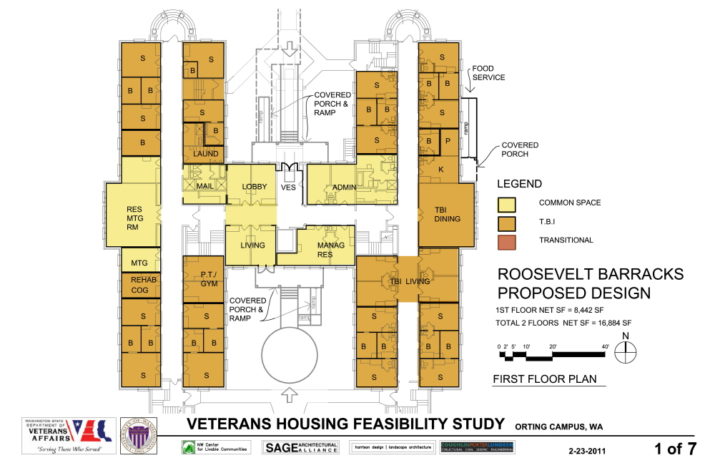
Study Completion: 2011
Location: Orting, Washington
Client: Washington State Department of Veterans Affairs
Master Planning and Feasibility Study
SAGE Architectural Alliance served as the lead architectural firm retained by the Washington State Department of Veterans Affairs (WDVA) and the University of Washington Northwest Center for Livable Communities to study the technical feasibility of accommodating traumatic brain injury (TBI) veterans and transitional housing for homeless veterans on the Orting campus.
Teaming with a planner and landscape architect, SAGE studied the history and site constraints of the 320 acre historic Soldiers Home campus.
Visioning Workshop
SAGE led a discussion around envisioning a state-of-the-art TBI rehabilitation facility. The WDVA visioning group agreed that “households” of 10 TBI residents would be ideal. The heart of the design would be the country kitchen/ dining room. Here residents would practice domestic and social skills they need for returning to community life.
In the second half of the study, SAGE explored the new construction alternate of four 10-person homes clustered in a community, plus a commons building.
State-of-the-Art TBI Rehabilitation Center
Working closely with the WDVA, SAGE researched TBI civil and military rehabilitation programs across the country and produced master plan alternatives that envisioned the campus as a state-of-the-art TBI rehabilitation center. Concurrently, SAGE led the study to determine the feasibility of using the historic Roosevelt Barracks to house a program for TBI veterans and veterans transitioning from homelessness.
Transitional Housing
Concurrently with the TBI center master planning, SAGE led the study to determine the feasibility of using the historic Roosevelt Barracks to house a program for TBI veterans and veterans transitioning from homelessness. SAGE determined that the site could accommodate a separate “village” for TBI veterans and the needs of transitional housing within existing structures.
Presentation to Client
The results of the study were documented in Powerpoint presentations to the client and a final 40-page report. SAGE also produced a large presentation board for display to the governor.


